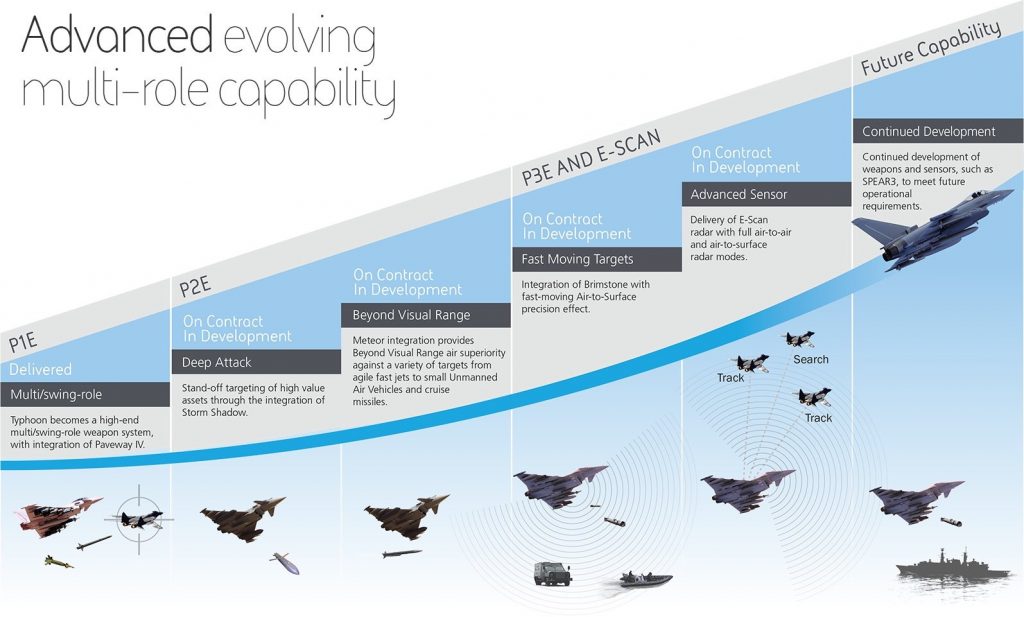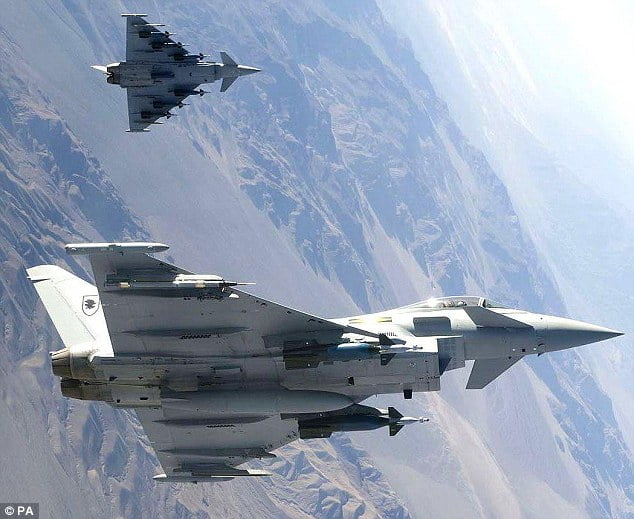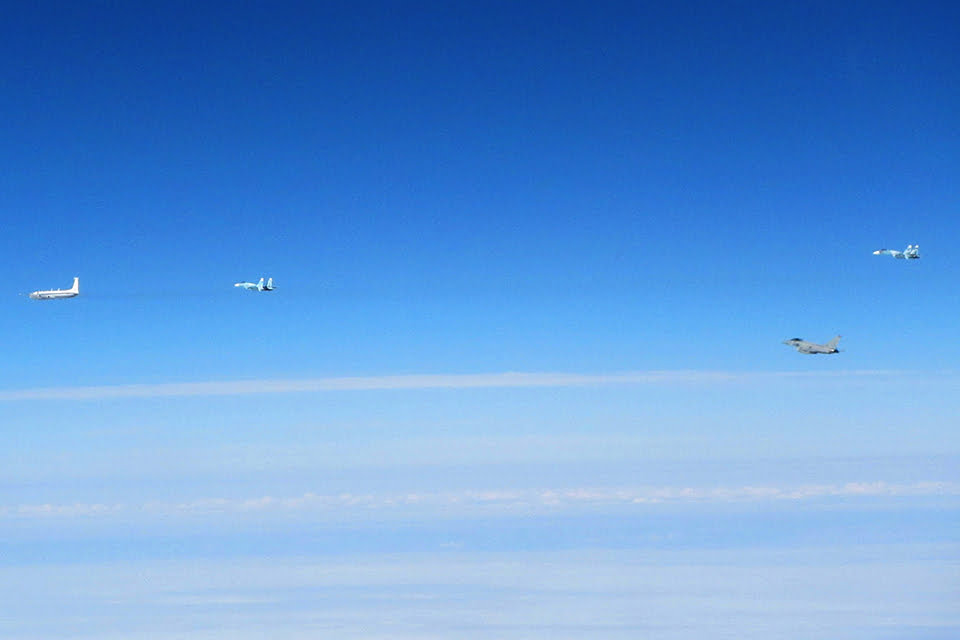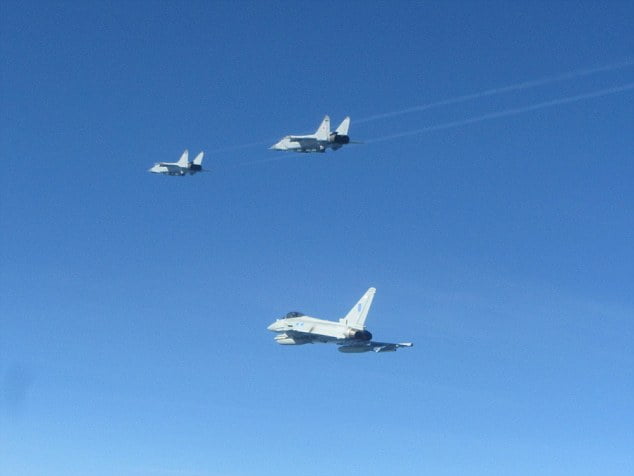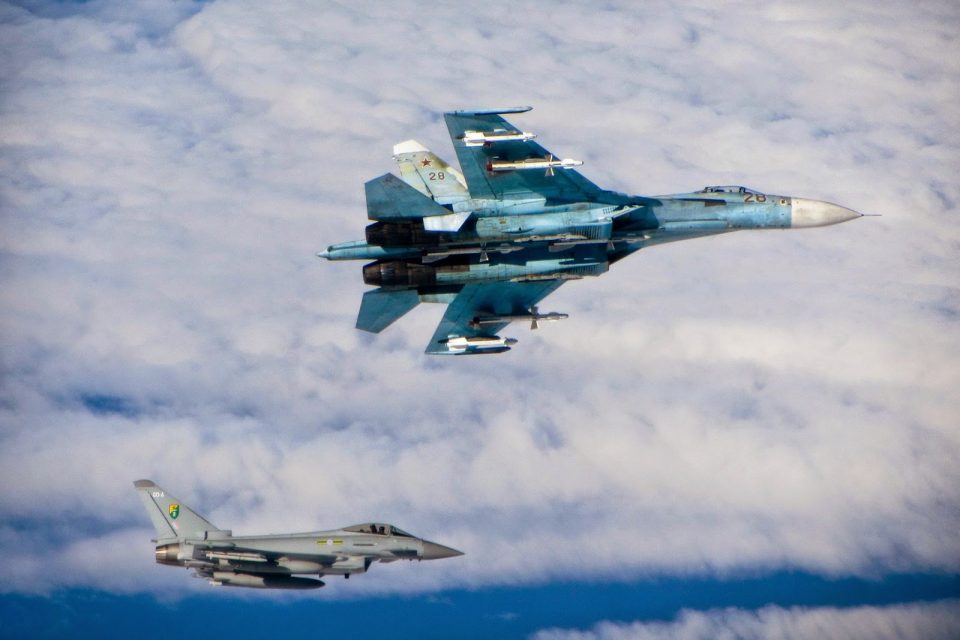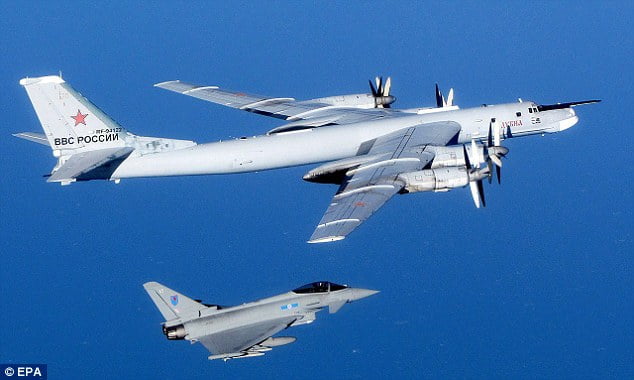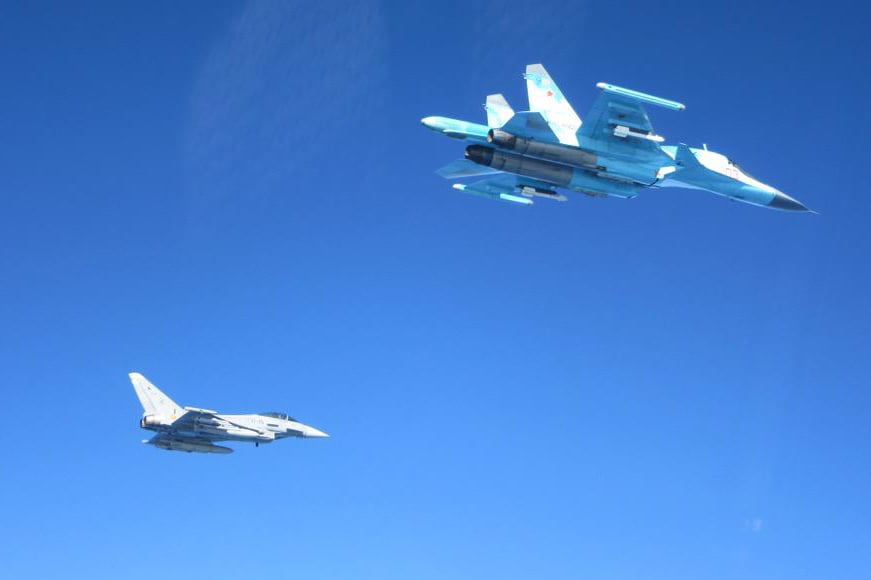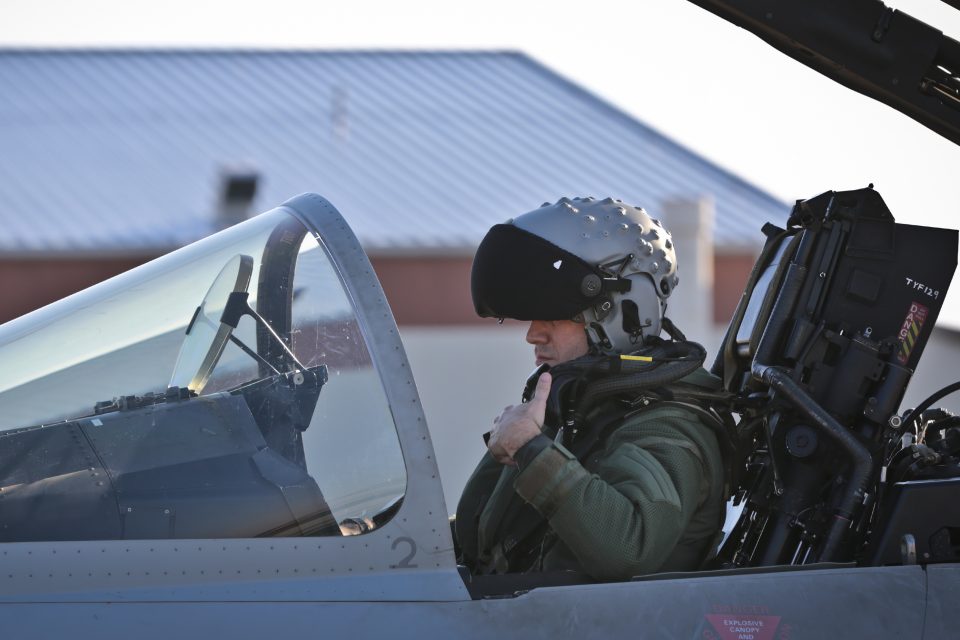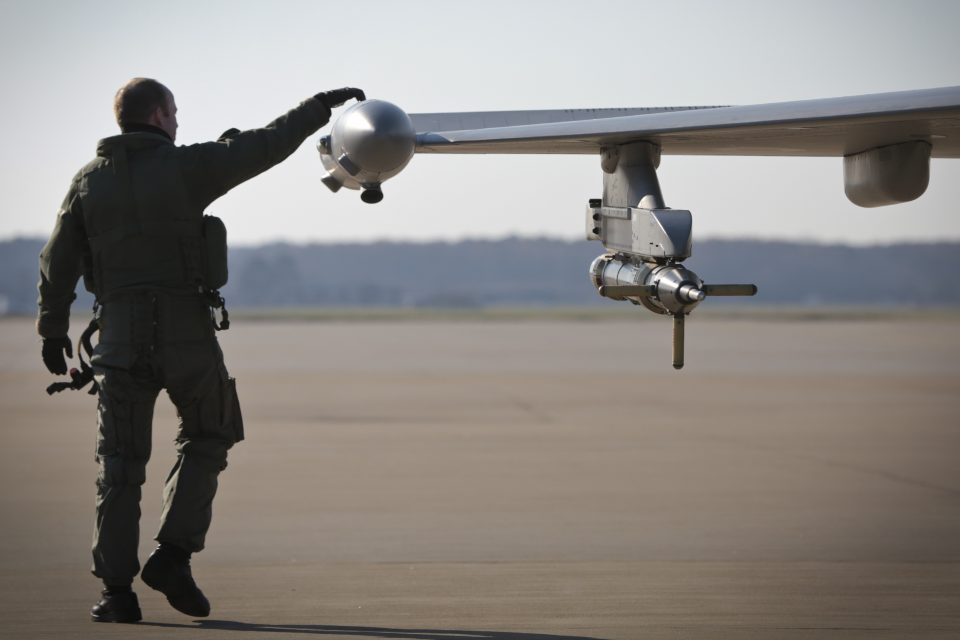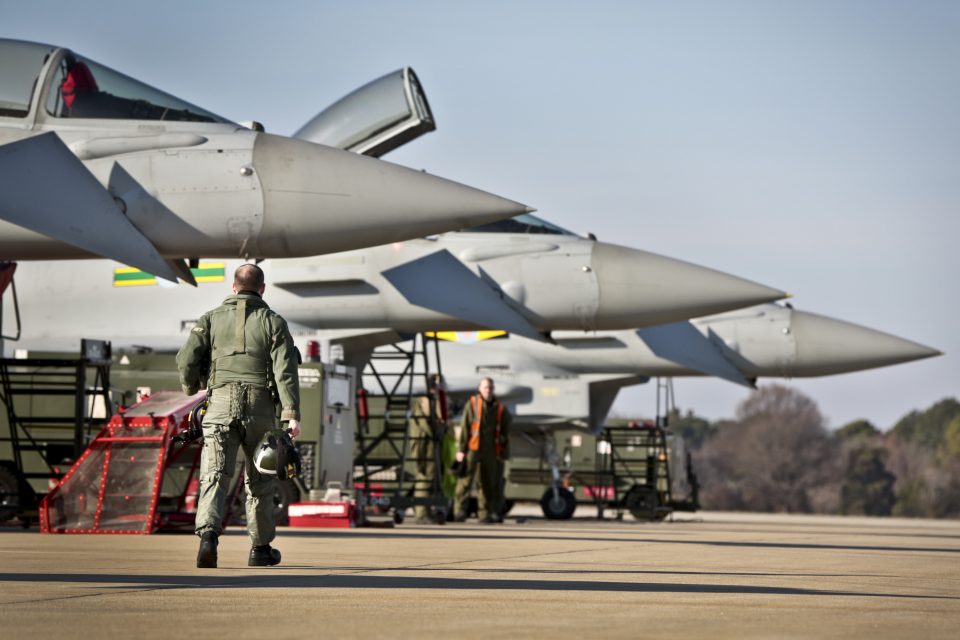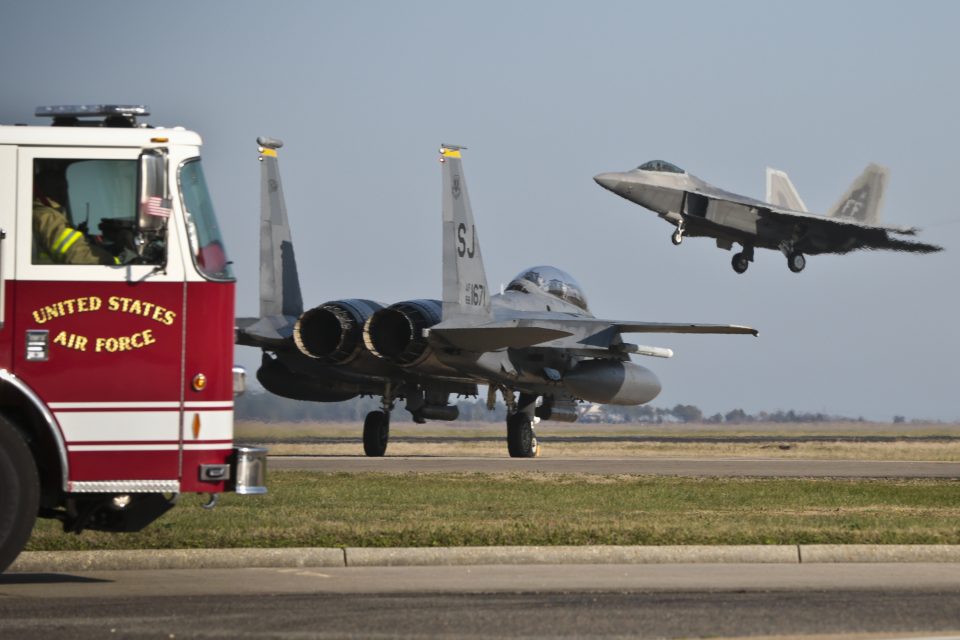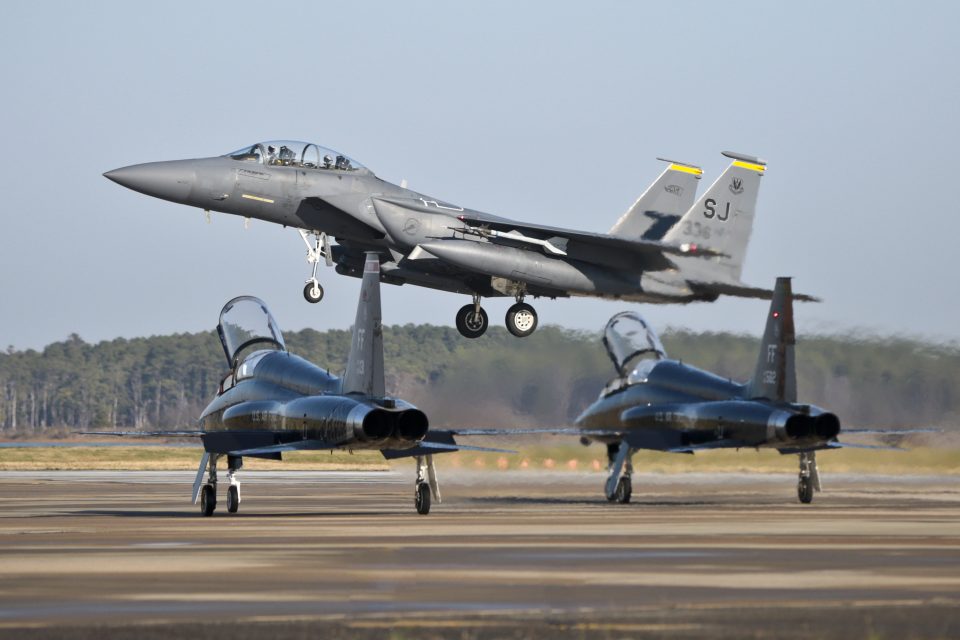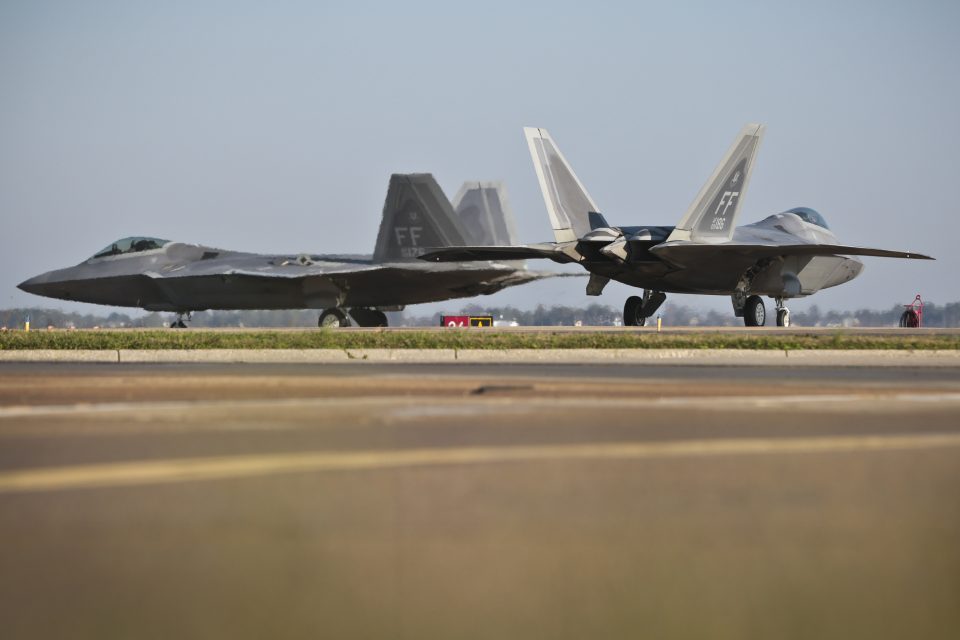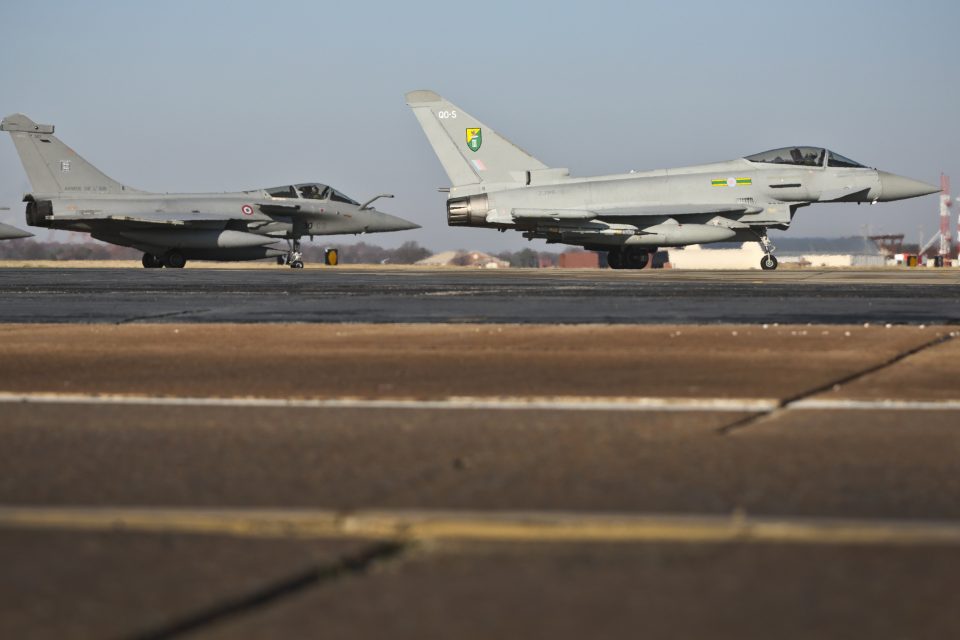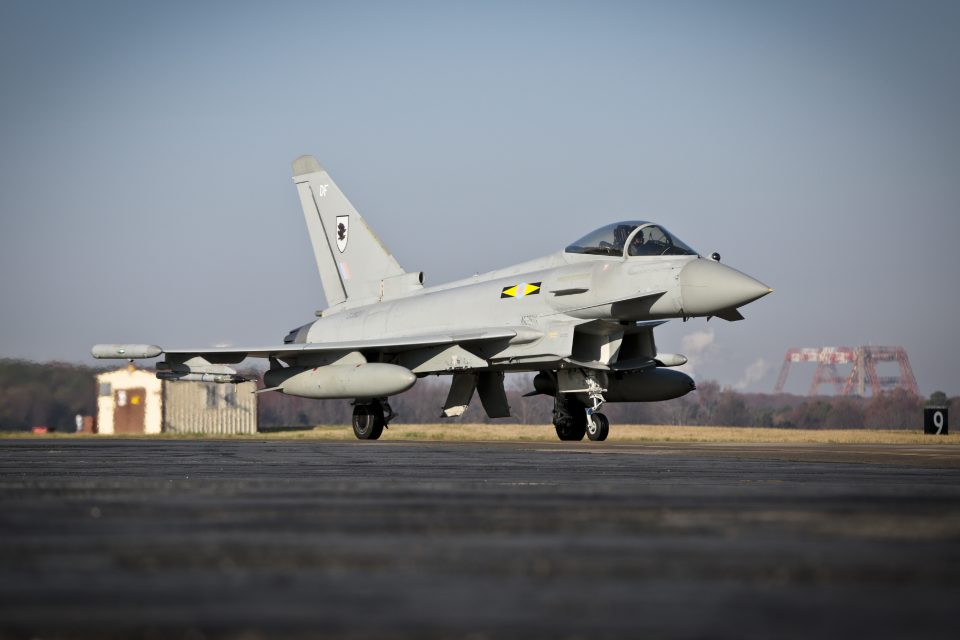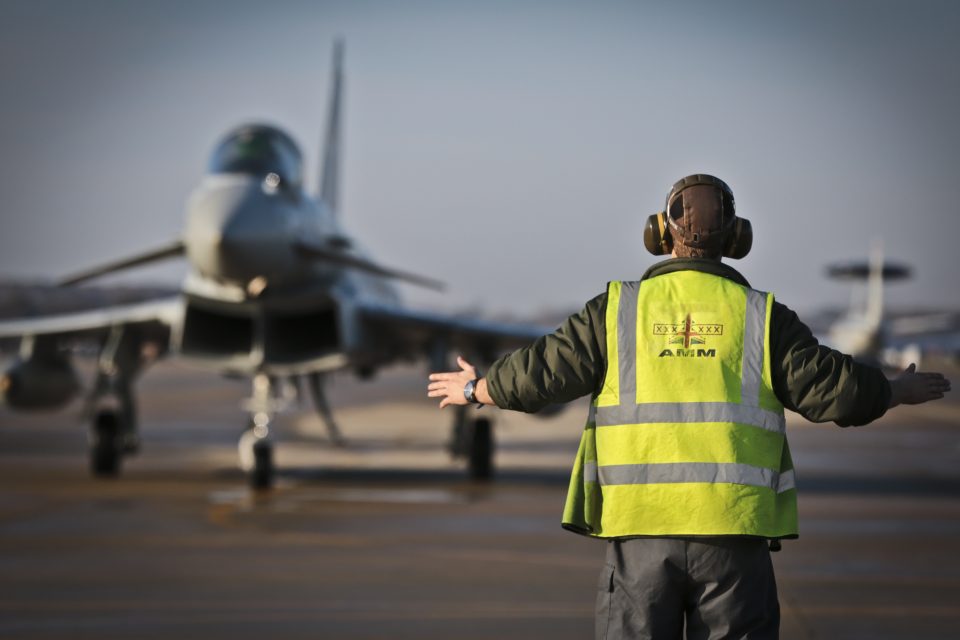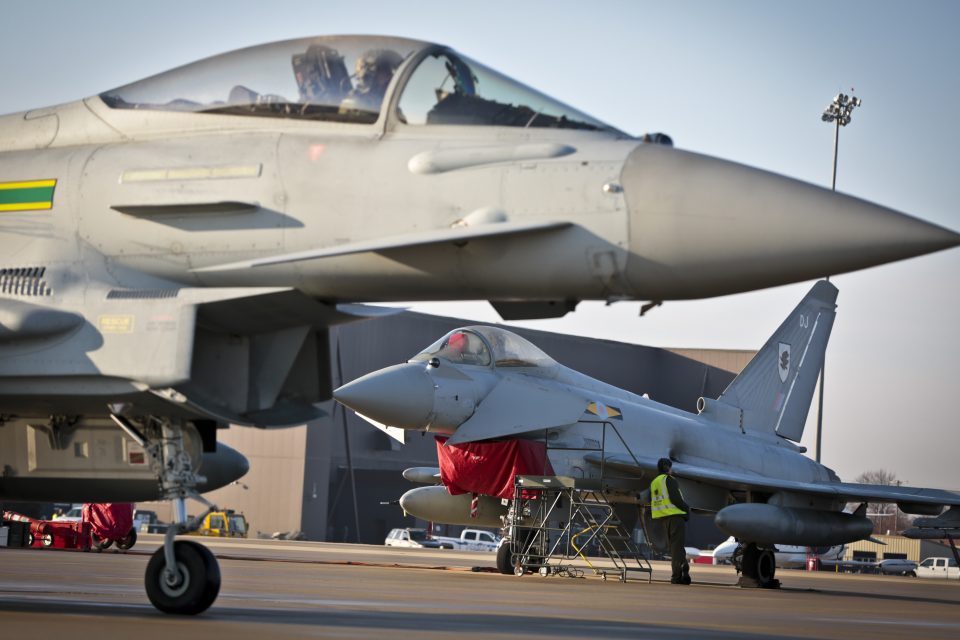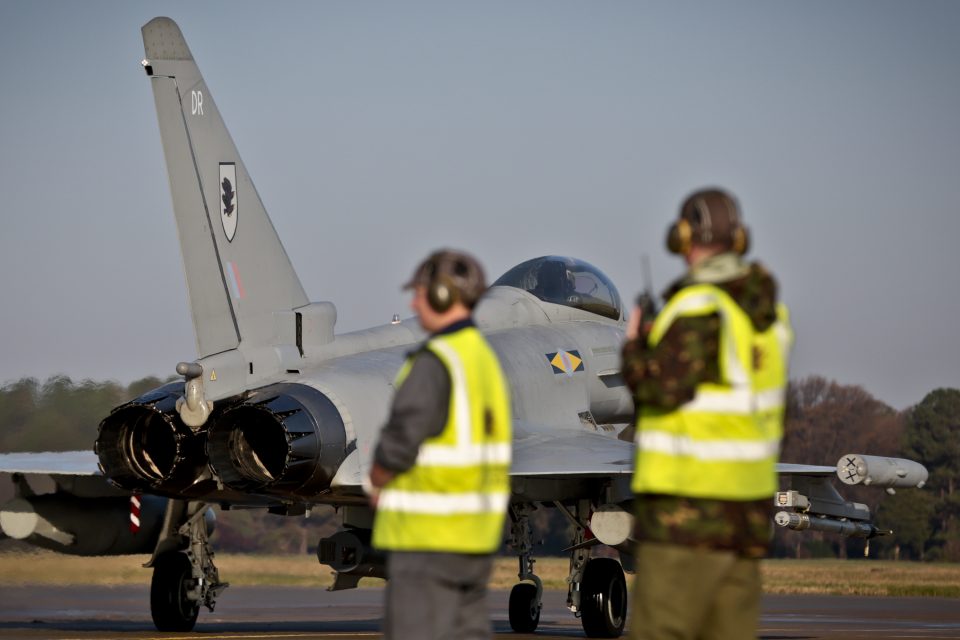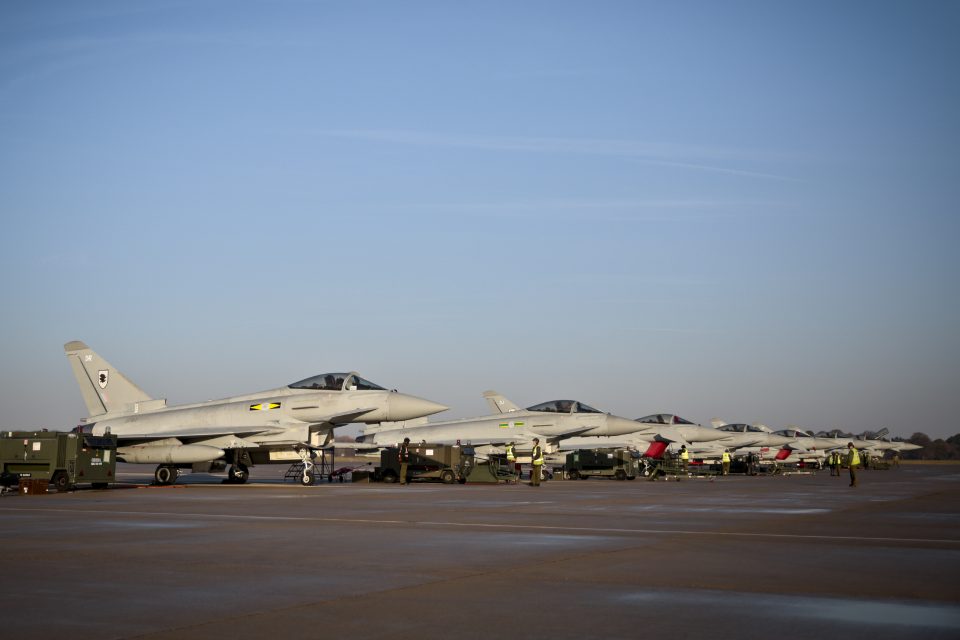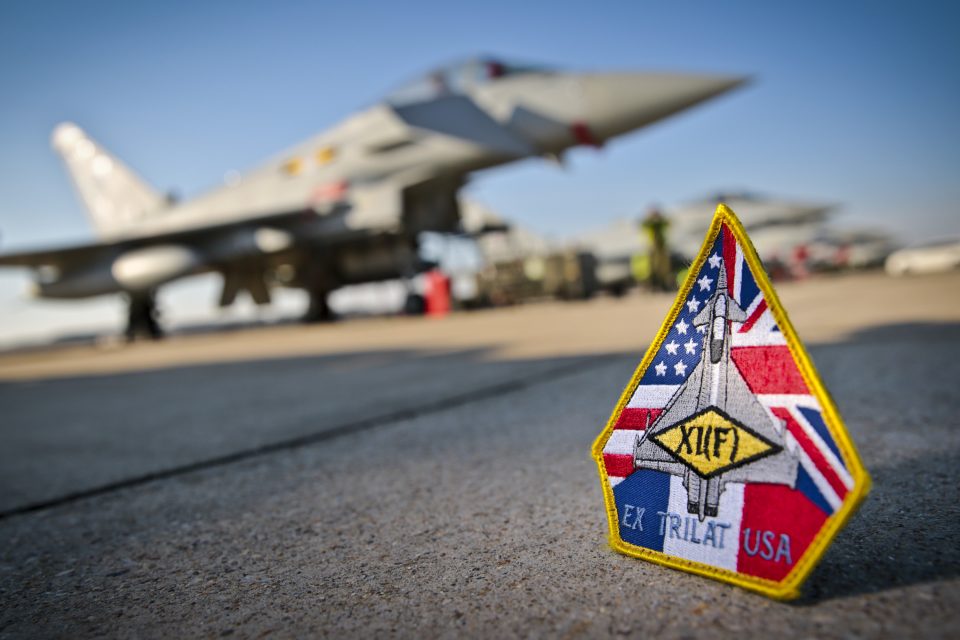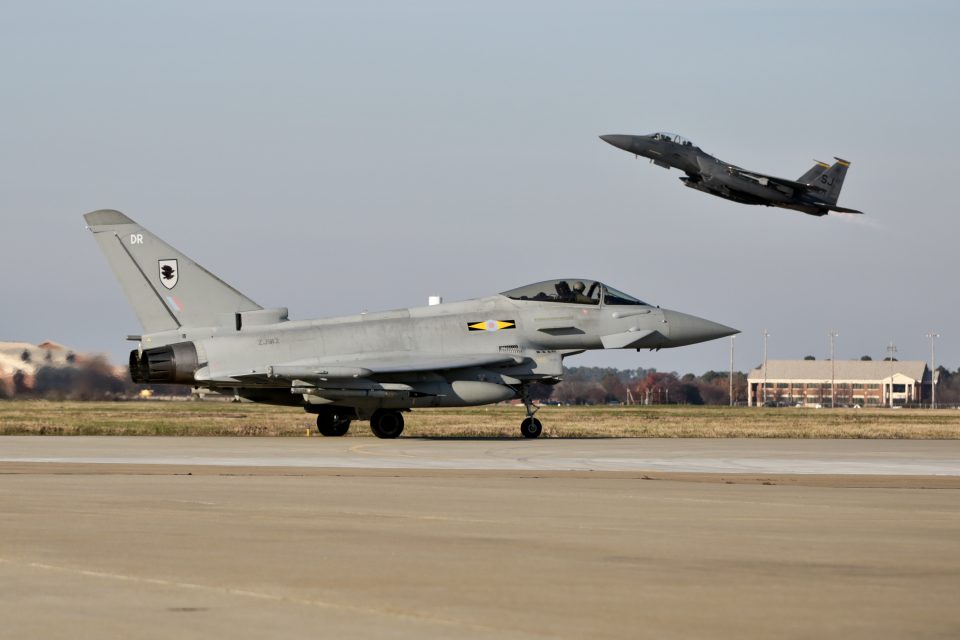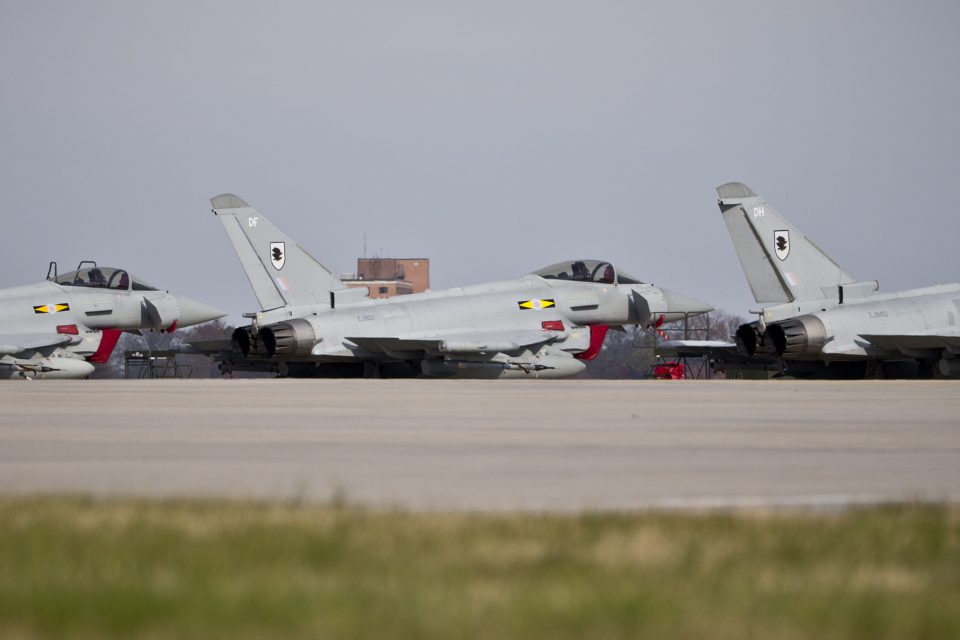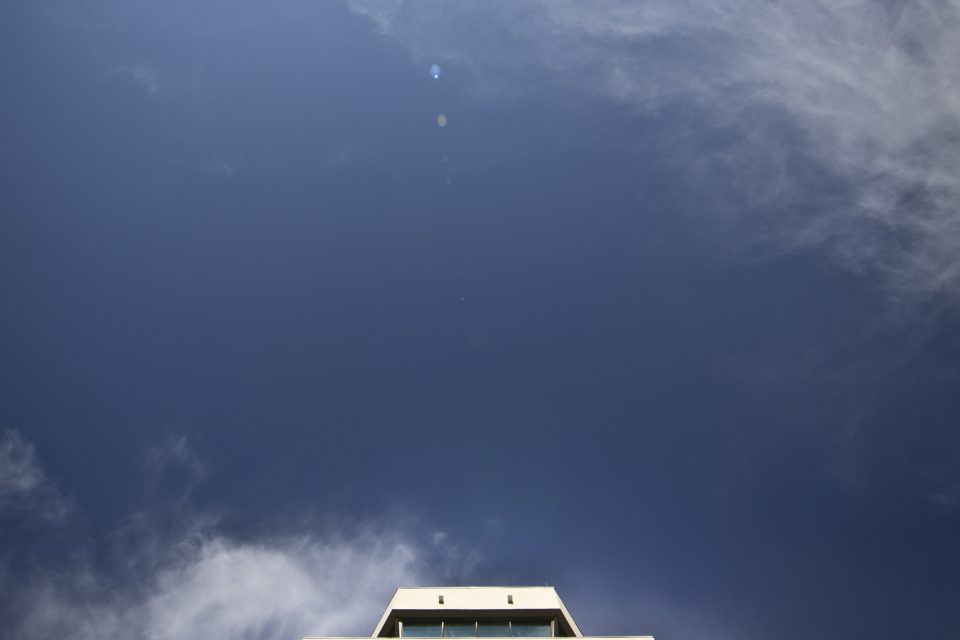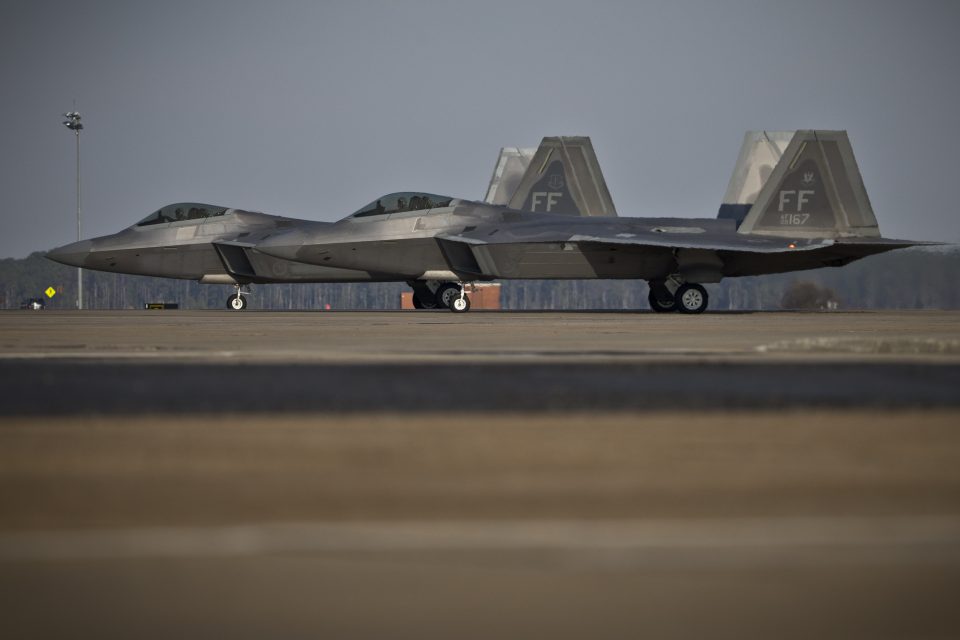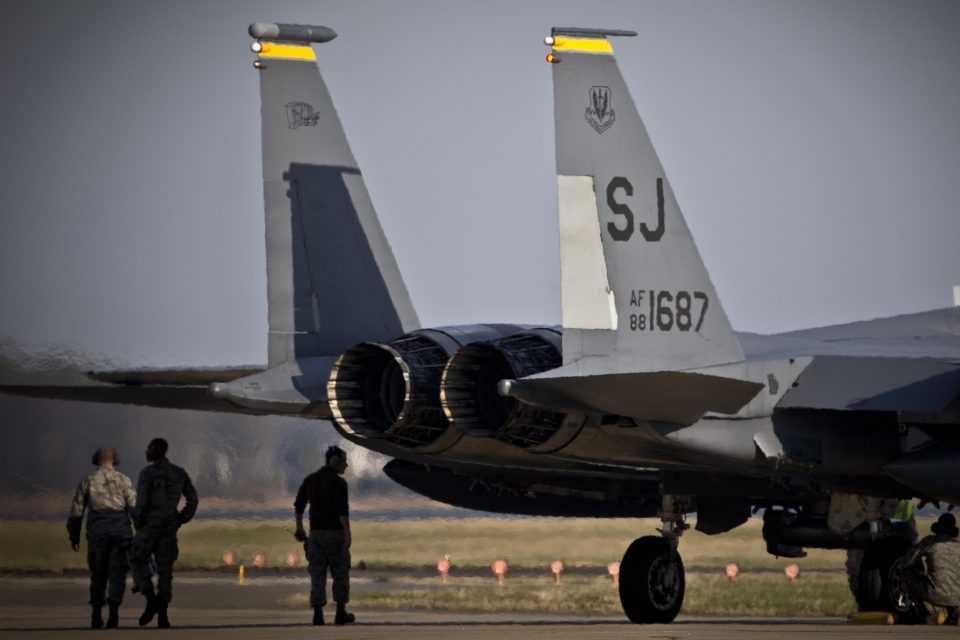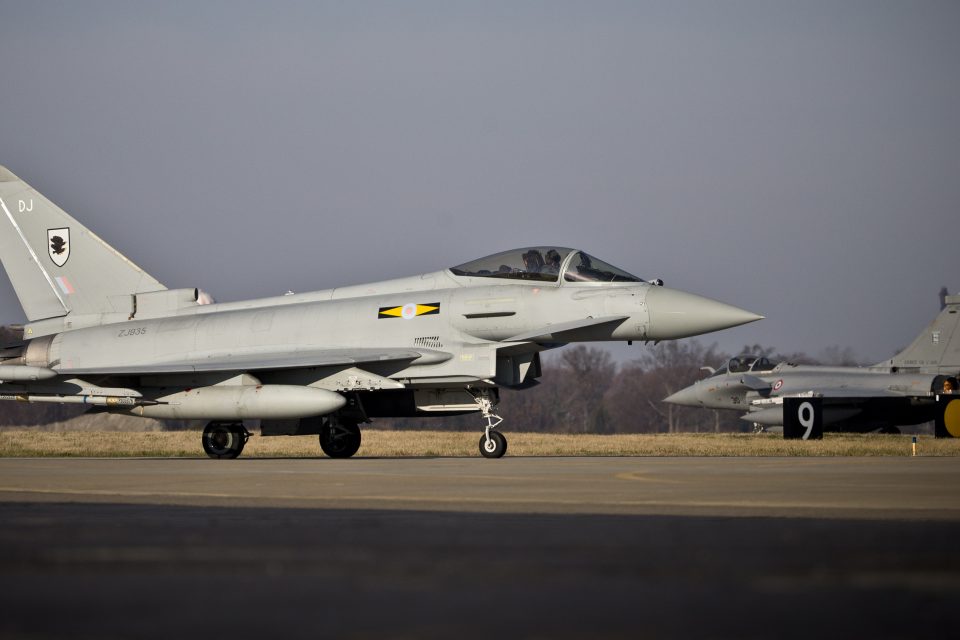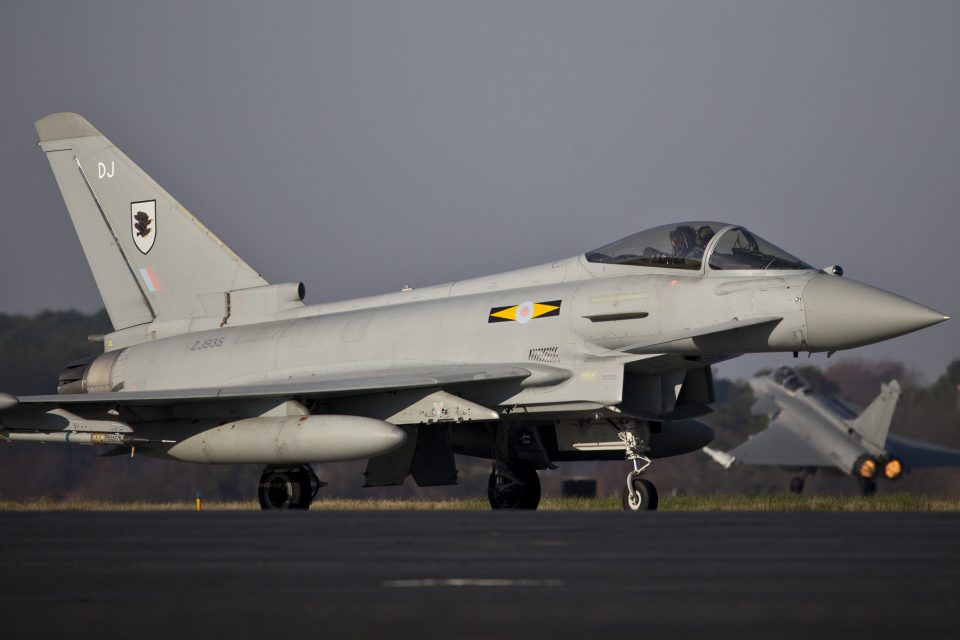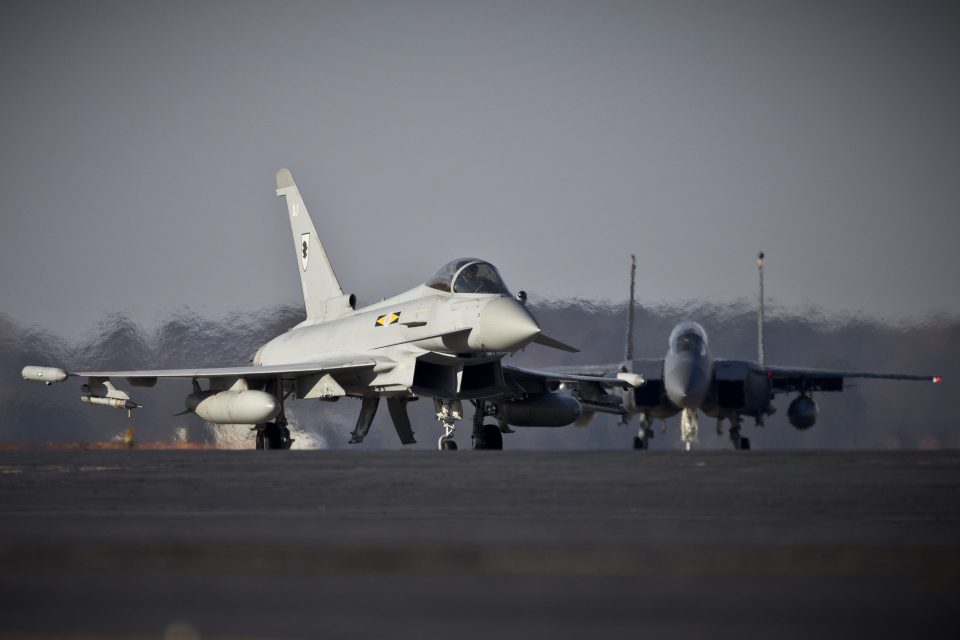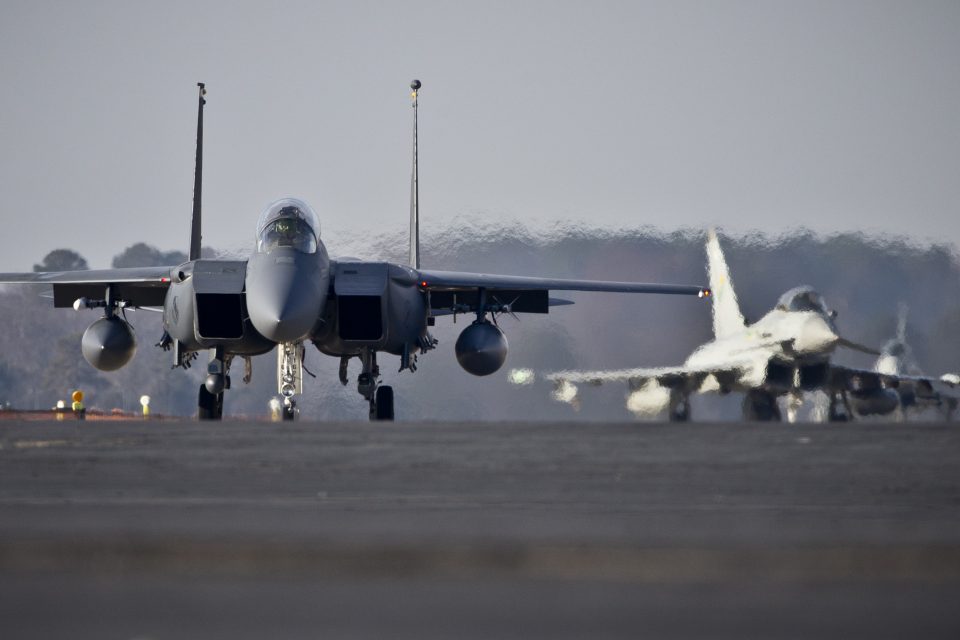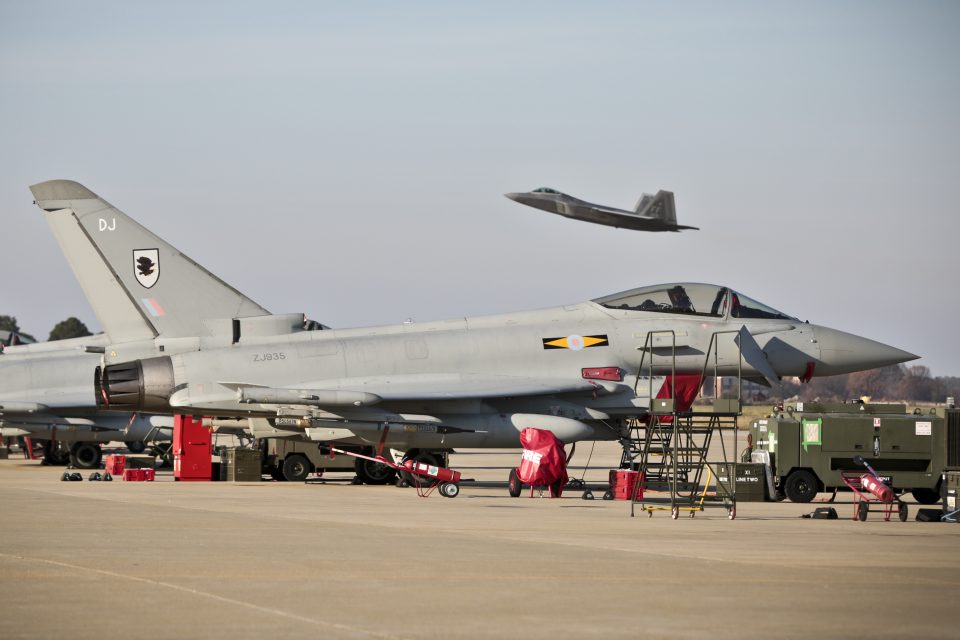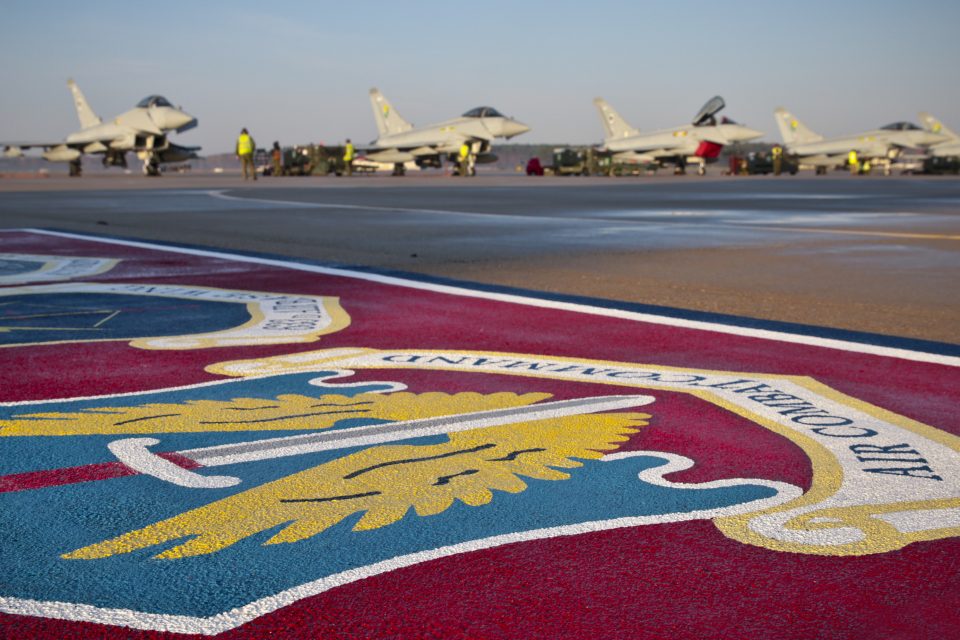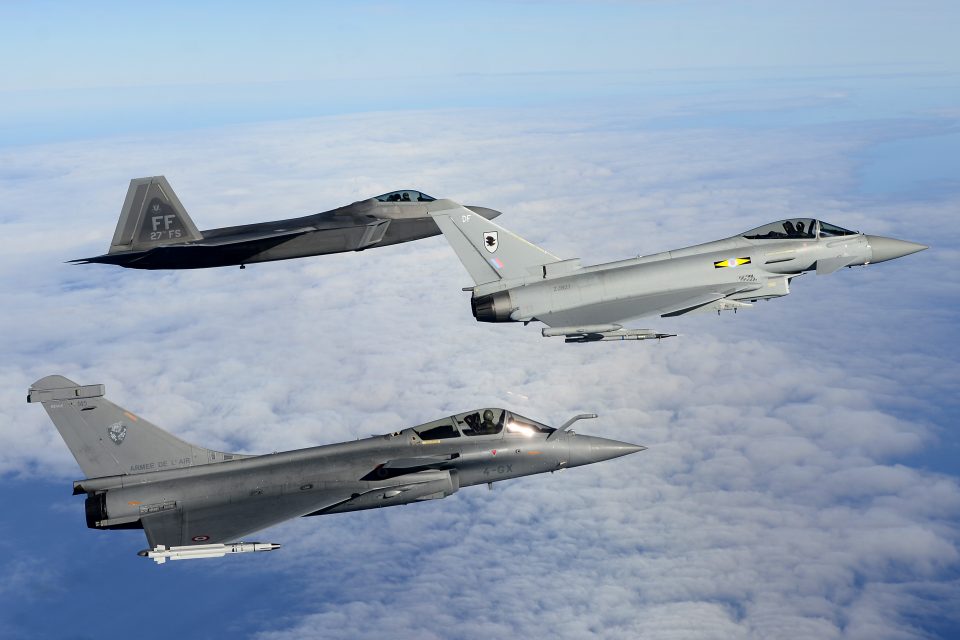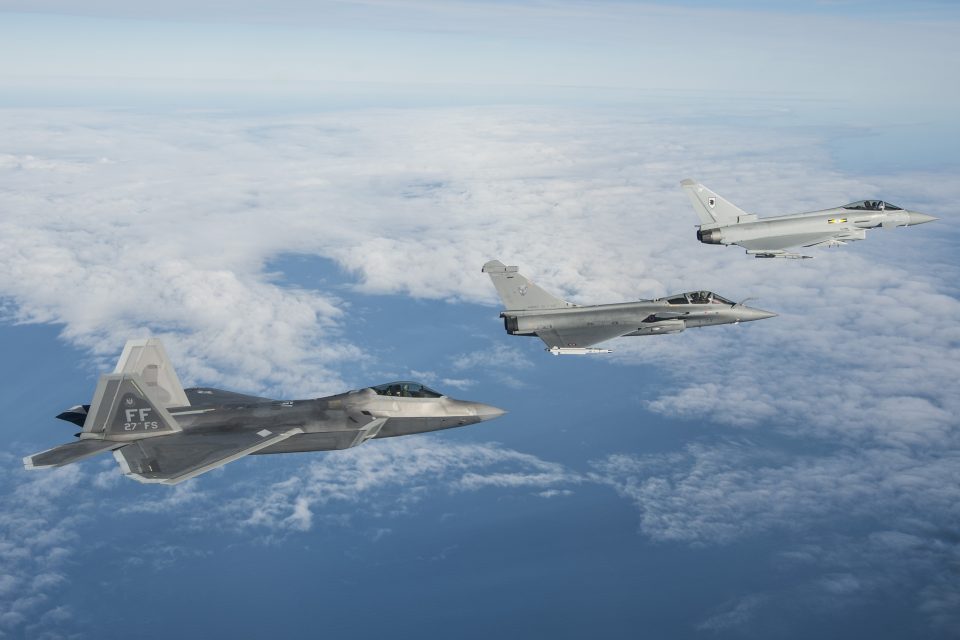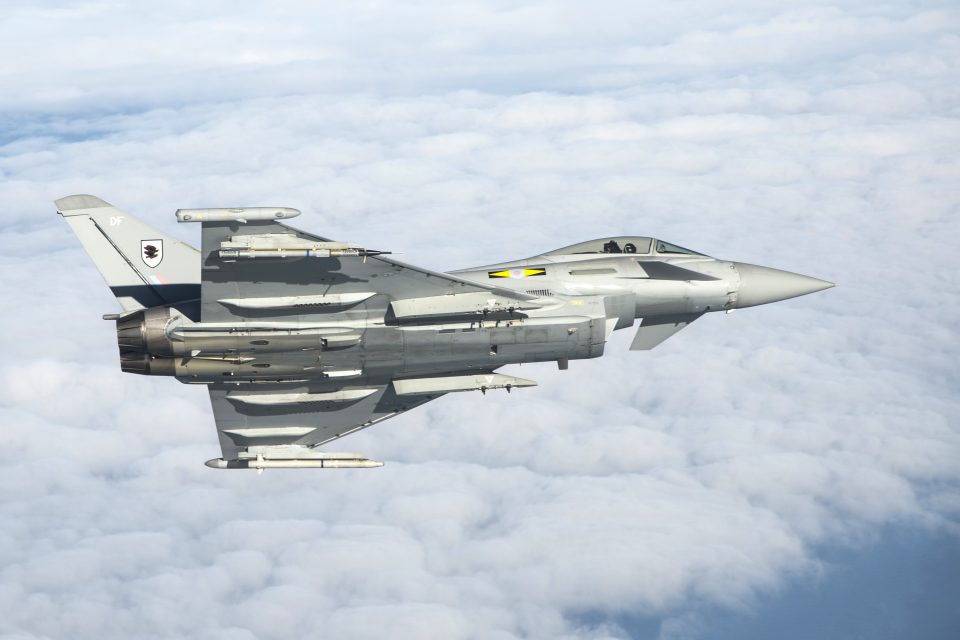2016-10-12 By Robbin Laird
During my last visit to Australia, I met with the 86th Wing Commander, who is in charged of the Royal Australian Air Force’s C-17 and KC-30A fleet.
We discussed the evolution of the dyad in support of the operations of the Australian Defence Force, and the evolution of the two aircraft working together in supporting the joint force.
He made a key point about what force integration meant with regard to the acquisition and modernization of core platforms: “No one wants to buy a platform; they want to shape and deploy a capability.”
Put in other terms, when looking at air systems, the ability to evolve the platform within the overall context of the evolution of an integrated force is a key measure of the value of a combat platform.
A case in point is the evolution of the Eurofighter Typhoon.
The aircraft’s origin was in the Cold War and the defense requirements within a Europe shaped by a NATO-WARSAW Pact confrontation.
Its role was largely defined by its air defense capabilities confronting Warsaw Pact aircraft with the need for weapons mass to strike multiple aircraft.
But with the collapse of the Warsaw Pact, the plane entered a kind of political limbo in which the demand side for fighters was in doubt, and the reset of its role put in motion.
It first entered operational service in 2003, in a period where the evolution of combat aircraft was in play.
Put in other terms, an aircraft initially designed to defend European airspace against the Warsaw Pact was being launched in a time when there was political ambiguity about the role of fighters in the defense of Europe.
According to Eurofighter, the history of the development and then operation of the aircraft is as follows:
Eurofighter Typhoon is Europe’s largest military programme, with the four founding nations – Germany, Spain, United Kingdom and Italy – all using the aircraft in their own air forces. Upgradeability and flexibility was at the core of the specification to ensure that the platform could be used highly effectively by all air forces providing unrivalled global partnership.
The construction of the first Eurofighter Typhoon prototypes began in 1989 and it was agreed that each of the four parent nations would host the production line and final assembly for the components of the aircraft it was responsible for: Warton for BAE Systems, Manching for EADS Germany, Turin for Leonardo – Aircraft Division and Getafe for EADS CASA.
In 1994, the Chiefs of Air Staff of Germany, Spain, UK and Italy all agreed on their advanced aircraft requirements, with DA1 and DA2 Eurofighter Typhoons making their first test flights that same year.
By 1996, the nations had agreed on the workshare production, and a year later the 500th test flight took place in Manching, Germany.
Over the late 1990s and early 2000s the aircraft undertook extensive environmental, weapon firing, in-flight fueling and supersonic speed tests.
Between 2003 and 2005 the Eurofighter Typhoon was introduced into service across the 4 core nation’s Air Forces. During this period aircraft received the defensive aids sub system (DASS), the multinfunctional information and distribution system (MIDS), initial direct voice input (DVI) and sensor fusion systems.
In 2005, the UK signed an understanding with Saudi Arabia that Eurofighter Typhoon would replace the Saudi Tornados. In 2006 the aircraft was operational and patrolling the skies of Italy during the Winter Olympics. The Austrian Air Force (Luftstreitkräfte) received its first Eurofighter Typhoon in 2007, with Saudi Arabia receiving its first aircraft in 2008.
A year later, the 4 core nations of the founding consortium received the second tranche of aircraft, which undertook a unique advanced medium range Air-to-Air missile (AMRAAM) firing trial.
The objective was to fire a missile while the radar was in passive mode, demonstrating a key stealth capability.
Also in that year, it was established that the aircraft would receive upgrades every two years and major hardware upgrades every four years. By 2010, the aircraft featured an advanced helmet-mounted symbology system (HMSS).
The Eurofighter Typhoon began combat missions in Libya on 21 March 2011 as part of the United Nations’ Odyssey Dawn operation. On deployment RAF Typhoons carried Enhanced Paveway II bombs and totalled 3,000 flying hours and over 600 sorties during a six month period on Operation Ellamy.
Put in other terms, the airplane was birthed in the 1990s a period in which the function and requirements for fighter aircraft was in play.
A difficult time to launch a new fighter program, but as the strategic environment changed and operational demands changed, the program adjusted the focus on what the aircraft would provide in terms of combat capabilities.
But to do so meant changes in software, hardware, cockpit redesign, and enhancing the role of the pilot to handle information in the battlespace.
It also required marrying those changes with different weapons load outs, or put in other terms, the aircraft and its redesign was symmetrical with the redesign of weapons which would be carried by the aircraft.
No less than a evolution for a classic air superiority fighter to a multi-role fighter was undertaken and with it a significant shift in the weapons to be carried by the fighter.
In other words, new capabilities were being shaped for the aircraft-weapons combat system, which Typhoon is and is evolving to.
From discussions with Typhoon pilots, what has been emphasized is that the evolution of the technology in the cockpit, including the C2 and radar systems has led to a significant enhanced capability to deliver support to the combat force throughout the battlespace.
According to one Typhoon pilot
“When we flew the Typhoon in Libya, we did our first real ground attack role, but we added the Paveway in a very austere fashion.
It performed pretty well in 2011; but it was challenging to operate.”
When Tranche 2 entered the force, there is a solid foundation laid for shaping the way ahead for the evolution to the ground attack capabilities of the aircraft.
“The real upgrade to Tranche 2 was the Phase 1 enhancement.
It integrated Paveway IV into the aircraft; the integration provided a focused capability for the ground strike role.
The software completely changed with an enhanced capability to perform the ground attack role.
We now could direct the weapon to a variety of targets with the onboard control systems and software.
In the early Tranche 2 experience, the weapon was not really integrated with the aircraft; with the evolution of Tranche 2,
Paveway IV is completely integrated into the aircraft’s combat system.”
He described Tranche I as a difficult platform to target a ground attack weapon for the targeting pod could find a target, but the pilot would have to handle the weapons use manually.
The pilot was the sensor.
Now with Tranche 2, the pilot could type in the targeting information and the plane will then provide the data to execute the strike mission.
“This capability has been demonstrated in Operation Shader.
And the targeting capability was so effective that JTACS actually were calling for the Typhoon/Paveway IV capability on a regular basis.
We had combat mass and significant strike capability which could be delivered rapidly and coalition partners quickly began to pick up on this capability.”
As he described the change in performance and its impact: “We could operate a four ship formation and strike 16 targets in one pass.
We never could do that with Tranche 1.
And we provided close air support to our ground forces, and provide information to the ground forces to support their operations, with targeting information provided from the ground maneuver forces, or from our onboard sensors.”
The way ahead in his view is the integration of new weapons, such as the evolving Brimstone series, to expand the capabilities, which the Typhoon can deliver in the battlespace.
He argued that if the weapons envelope was expanded then the speed of the Typhoon could be leveraged to expand the attack profile of the aircraft.
For this Typhoon pilot, the recent Operation Shader experience highlights the new capabilities of Typhoon, and shapes in his mind a key way ahead.
Rather than being limited to a classically defined air superiority fighter, the Typhoon is evolving into a multi-mission aircraft.
The Tranche 3 package will deliver the next phase of combat capability with regard to the air system, and includes a integrated mix of systems which will deliver enhanced combat capability.
Editor’s Note: The four slideshows highlight Typhoons.
The first shows RAF Typhoons conducting an air intercept of Russian aircraft and ensuring that they do not enter British or NATO airspace.
The second shows Spanish Typhoons involved in intercepting Russian aircraft during their time conducting the NATO Baltic Air Patrol in 2015.
Four Eurofighter Typhoons and 114 personnel from the Ejército del Aire (Spanish Air Force)supported the NATO Baltic Air Policing (BAP) mission during the first six months of 2015.
The third shows Typhoons at RAF Lossiemouth.
The fourth shows RAF Typhoons at the Trilateral Exercise held at Langley AFB, December 205.
The photos are credited to the RAF and to the Spanish Air Force.
And the video below shows the Eurofighter from inside the cockpit during flight.
According to BAE Systems: This year, “a UK Eurofighter Typhoon, featuring the latest weapons fit, performed a spectacular display for crowds at the Royal International Air Tattoo (RIAT) and Farnborough International Air Show, with BAE Systems’ Typhoon Test Pilot Nat Makepeace at the controls.
The display demonstrated the Eurofighter Typhoon carrying four Meteor Beyond Visual Range Air to Air missiles, two ASRAAM infra-red missiles, six Brimstone 2 low collateral, precision strike missiles, and two Paveway IV GPS/laser guided bombs.
And this video, shot from a camera mounted in the cockpit as Nat performed his display at Farnborough, provides a unique perspective on a stunning performance.”
And the following graphic produced by BAE Systems provides an overview on the evolution of Typhoon capabilities:
